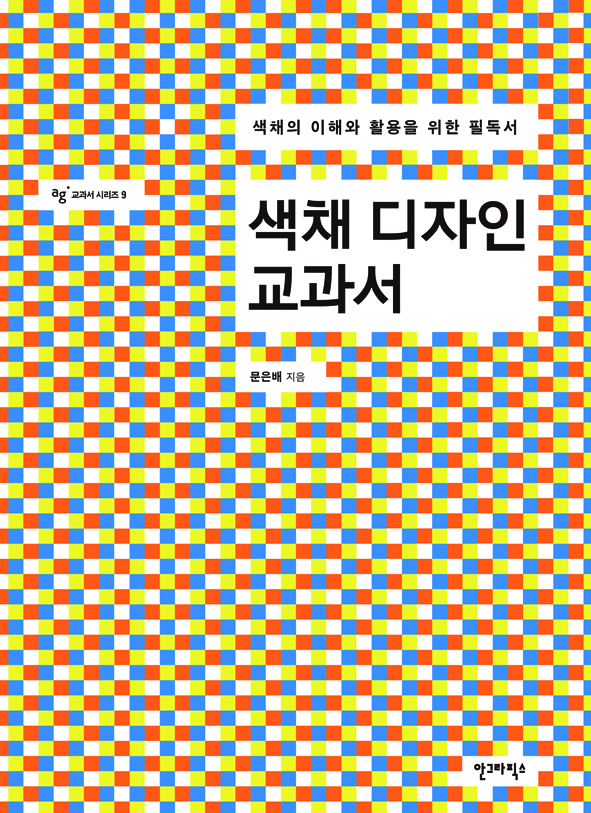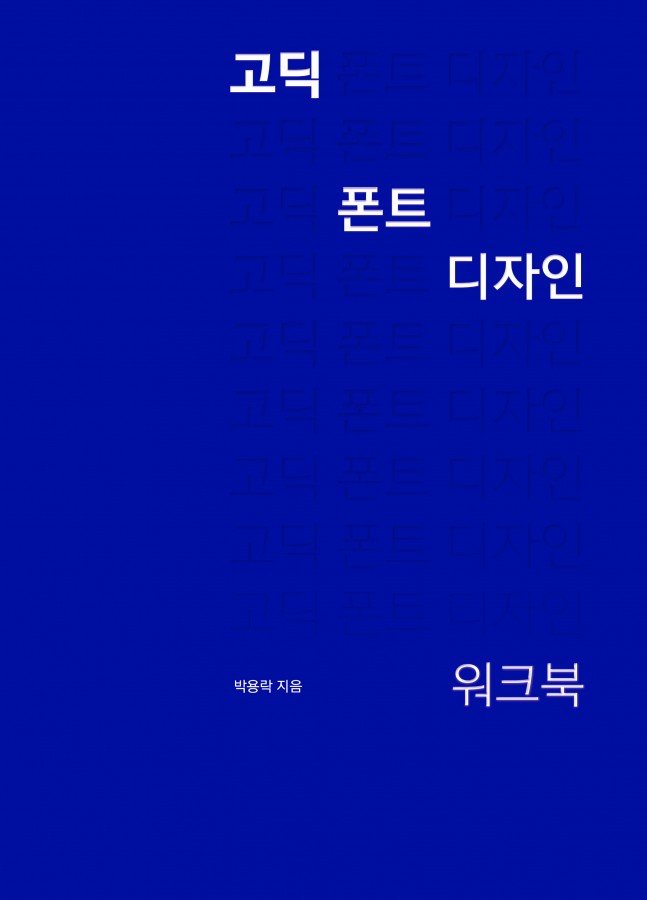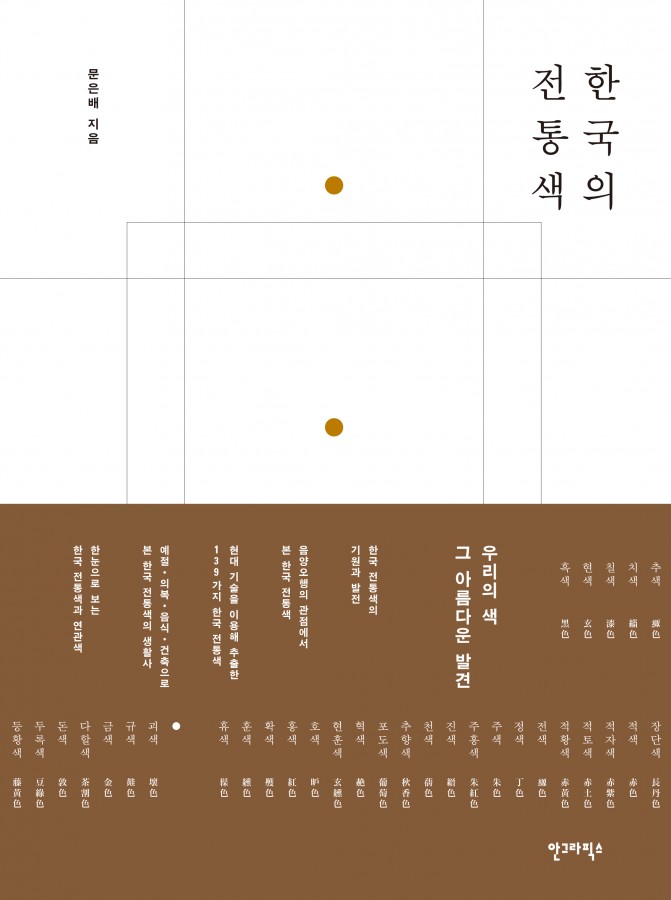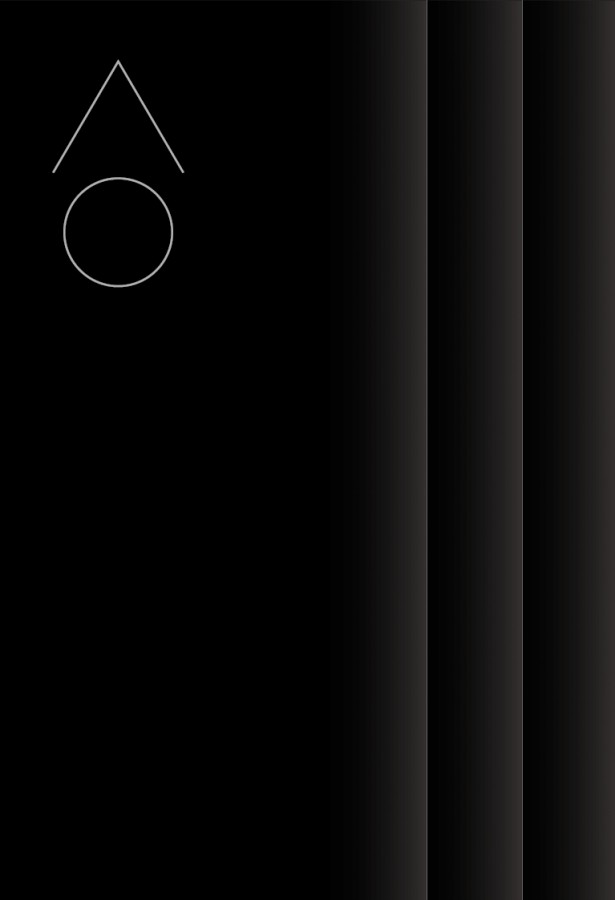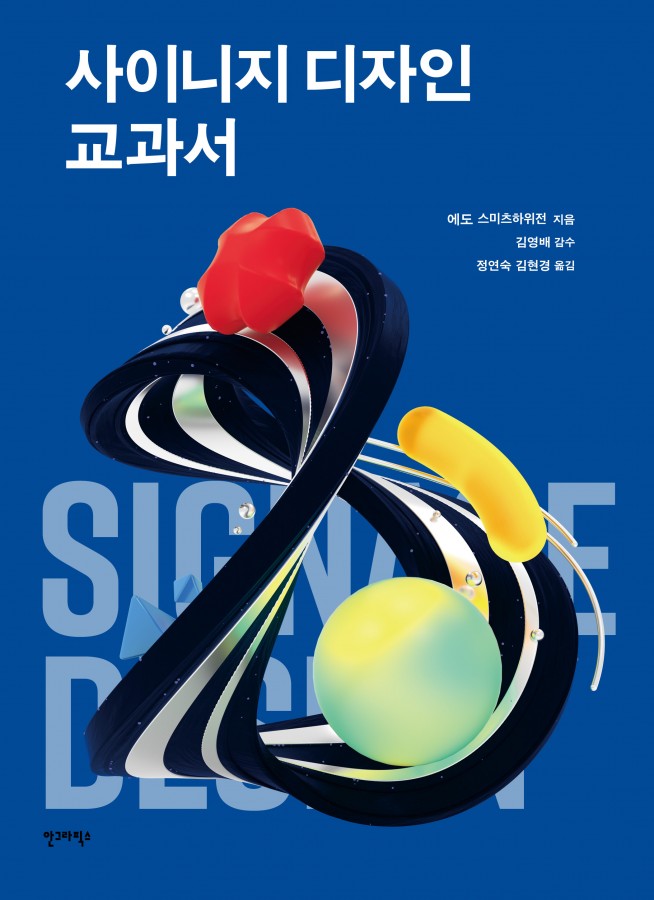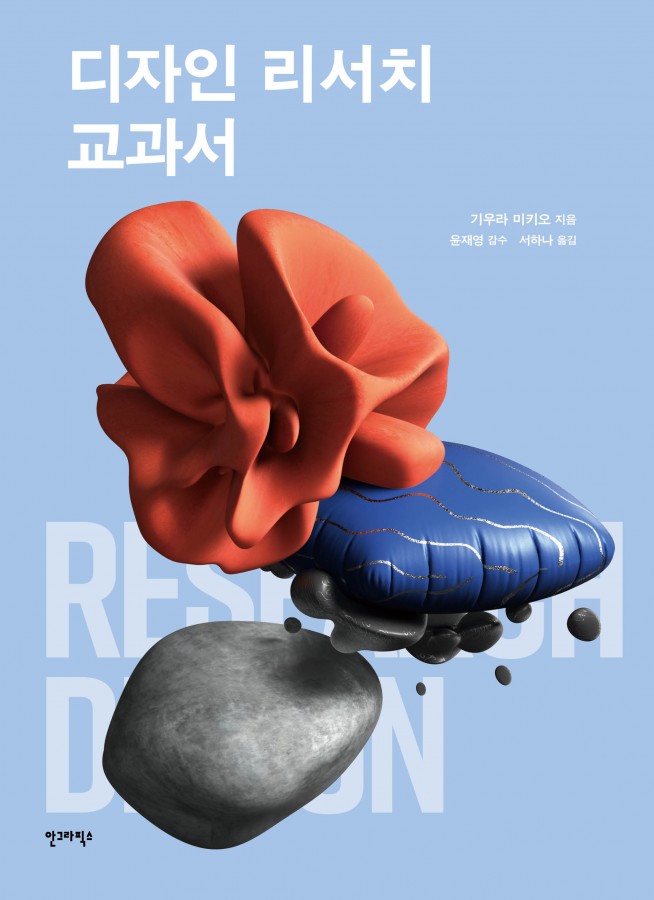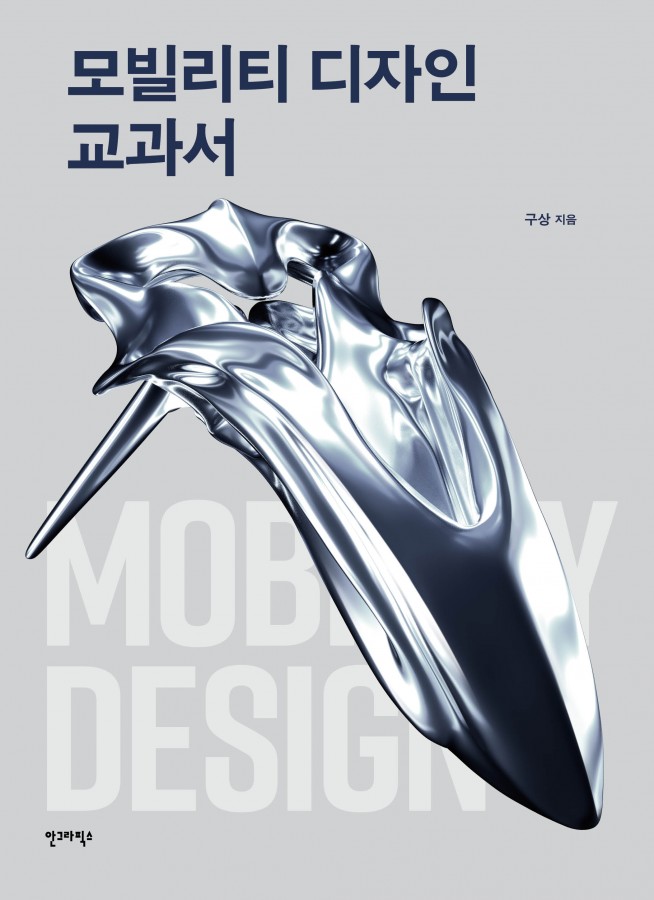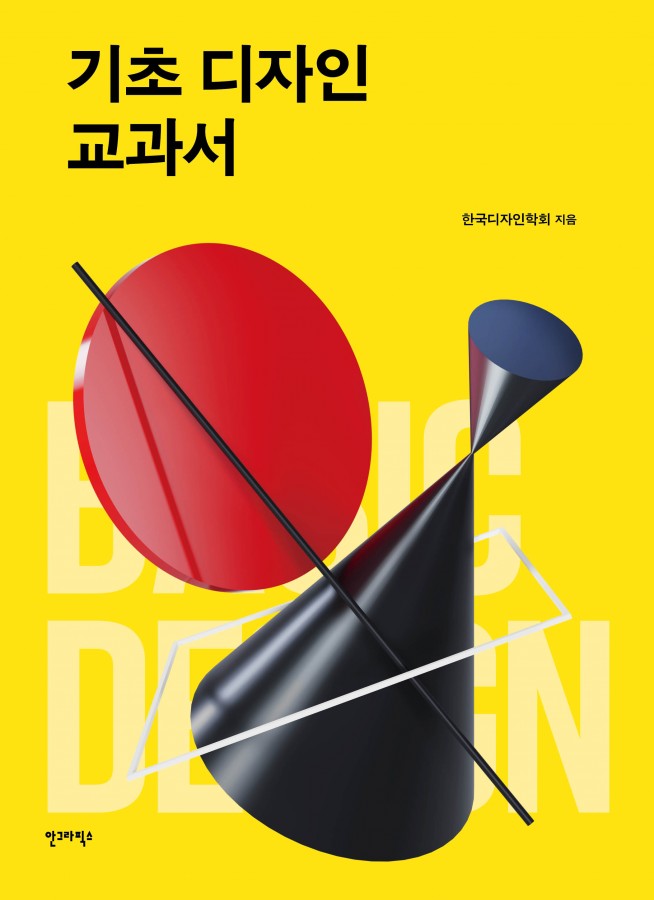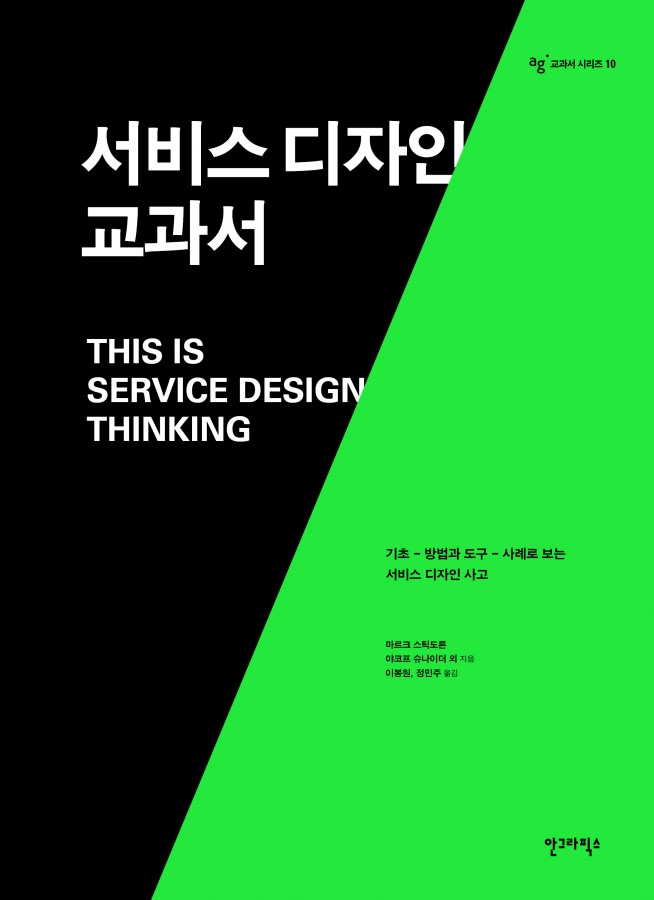A Must-Read for Understanding and Utilizing Color
What is color? It is a phenomenon that originates from sunlight, passes through our eyes, and takes root in our emotions. Studying color, therefore, is to study both nature and humanity.
Color encompasses everything we see and feel—it expresses emotions, defines shapes, and forms the essence of our visual experiences. Human perception heavily relies on visual elements, and among them, color stands out as the most dominant. To study color is, in essence, to study light, as all visual elements are composed of light. This research spans the physical properties of light, its emotional impact, and the entirety of visible objects.
Throughout history, thinkers and researchers from various fields have delved into the mysteries of color. Philosophers like Aristotle and Plato explored the nature of color, while Zhuangzi considered its philosophical implications on life. Physicist Isaac Newton quantified color for the first time, and surgeon Christopher Scheiner demonstrated its presence in the eye. Literary figure Johann Wolfgang von Goethe approached color with both analysis and emotion, while chemist Michel Eugène Chevreul taught painters about its essence. Innovators like Wilhelm Ostwald, Albert Munsell, and Judd revolutionized color systems, establishing frameworks still in use today.
The world of color is vast and multifaceted. This book serves as a foundational guide for anyone studying or developing color, acting as a beacon for navigating the complex yet fascinating realm of color design. Whether you’re an artist, designer, or researcher, this book provides the essential tools and knowledge to deepen your understanding of color and excel in the field.
